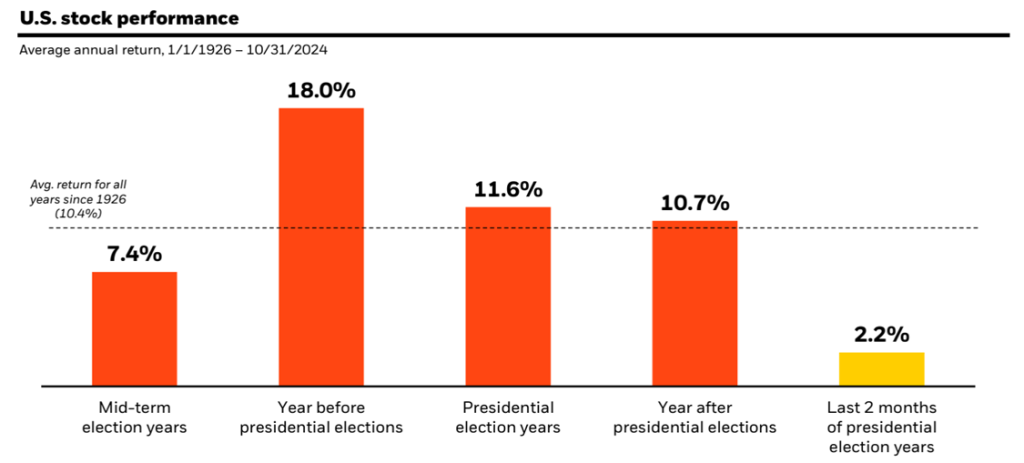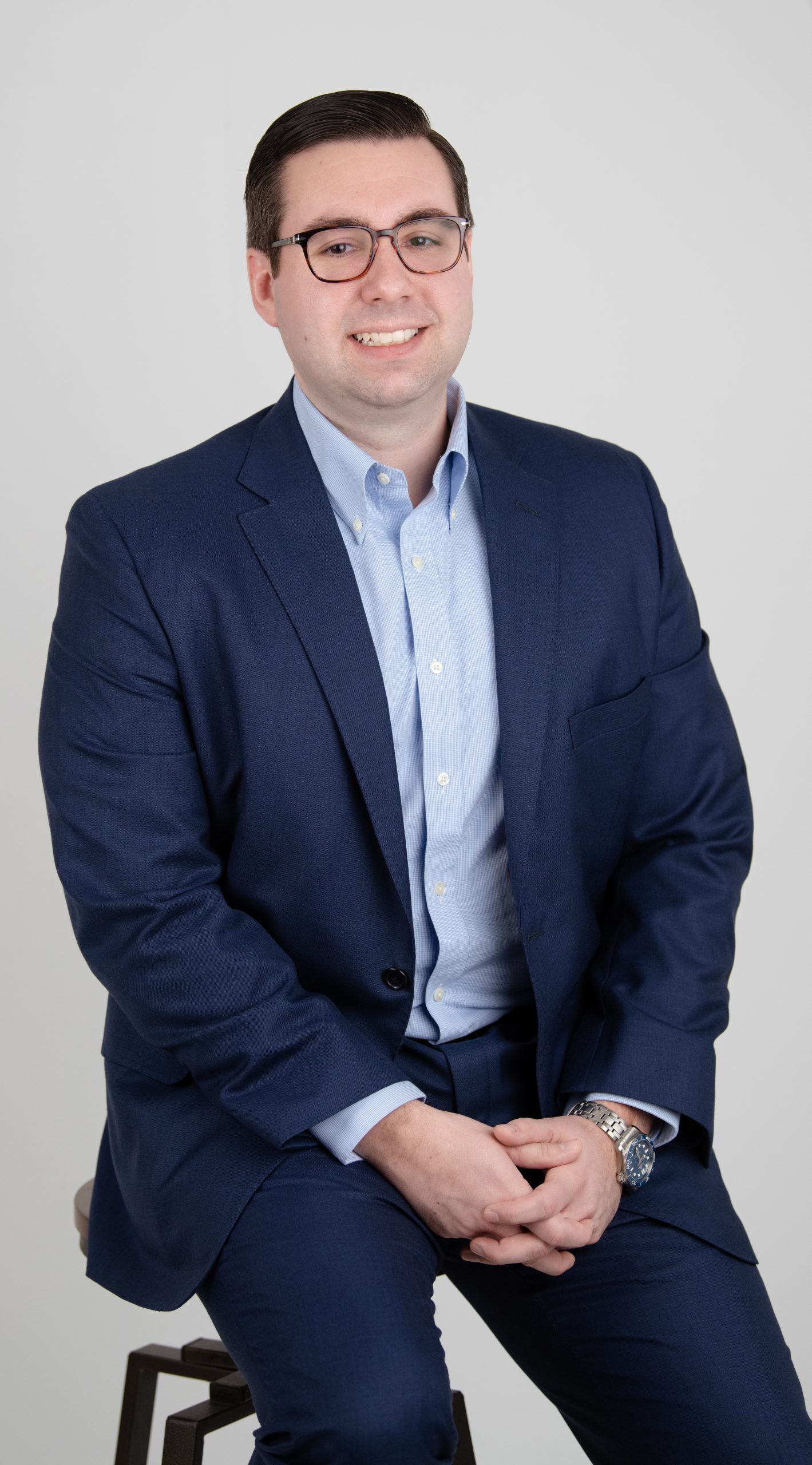Redefining Your Retirement
Today’s retirees are choosing from a variety of retirement styles. What’s yours?
Although an estimated 10,000 baby boomers reach retirement age every day, how each chooses to spend their free time can be quite different. Today’s retirees wish to forge new identities and seek new experiences, while redefining how they spend their time and money.
See if one or more of these new retiree profiles resonates with you. Deciding how you’ll stay busy can go a long way toward helping you plan and save for your dream retirement.
The Giver
Givers contribute time, talent and, yes, even money to support causes close to their hearts. While the typical American spends 20 minutes a day engaged in volunteer, civic or religious activities, the Giver over age 65 dedicates a half hour or more, according to the Bureau of Labor Statistics.
One retiree may use her musical talents to play the violin for hospital patients, while another works behind the scenes updating a nonprofit’s website. Either way, it’s all about making a meaningful difference.
Note: Givers may become too altruistic, spending more time and money than planned, undermining health or financial stability.
Givers represent 33% of working retirees.
The Thinker
Thinkers have a deep desire for lifelong learning. They may retire in a college town, take classes, read for pleasure and engage in contemplative activities.
Many colleges and universities are designing courses aimed at this new senior class. Campuses can be found in areas with affordable housing, quality education, teaching opportunities, walking and biking trails, and excellent transportation, healthcare and entertainment options.
Note: If you’ve established a 529 plan for a child or grandchild, you may be able to use unneeded funds for your own continuing education. Ask your financial advisor about potentially withdrawing funds without penalties.
Cognitively active people are 2.6 times less likely to develop dementia or Alzheimer’s.
The Entrepreneur
Entrepreneurs typically start a business that’s different from a past career, bringing decades of experience, success, passion and emotional intelligence to their new ventures.
Goals include a fulfilling career, increased flexibility and enjoyment in their work. Some hope their new endeavors will becomes self-sustaining, while allowing for work/life balance.
Note: A small business entails a business plan, startup costs, insurance and a financial plan. Work with a professional tax planner and financial advisor to build a successful venture.
Nearly 3 out of 5 working retirees consider a different line of work.
The Explorer
The Explorer dedicates up to a quarter of their financial resources on travel. These globetrotters invest in experiences and indulge their wanderlust while they have the health, energy and resources.
Good saving habits help Explorers immerse themselves among other cultures, foods and languages.
Note: Plan for ongoing travel expenses, desired location, frequency and duration, as well as inflation and foreign exchange rates. Health-related issues may become a limitation in later years.
There are just as many Explorers over age 75 as there are among younger groups.
The Part-Timer
The Part-Timer, like the Entrepreneur, seeks a career change, but may not wish to commit to a full-time position. Some favor mini-retirements – periods of work followed by intermissions for relaxation. Think consulting and contracting, for example.
Note: Returning to work, even part time, can incur expenses such as new work attire, transportation and dining out. Evaluate the impact of additional income on your current tax bracket, Social Security benefits, healthcare coverage, and potential contributions to retirement plans.
There are more than 7.1 million Part-Timers age 55 or older.
The Foodie
Foodies prefer quality dining and enjoying the experience of the meal. They typically spend about an hour and 20 minutes when dining, relishing how food and drink increases their quality of life. They enjoy experimenting with new creations, introducing new flavors or bringing friends and family together.
Since the Foodie spends time shopping for and preparing meals, other expenses are typically lower.
Note: Food connoisseurs need to factor in healthcare costs and inflation, as well as utilities and transportation.
Foodies spend, on average, 28% of their income on food and beverage.
The Athlete
The Athlete may compete in triathlons or play tennis into their 80s and beyond. They stay in top form and enjoy training and competition.
As the Athlete eventually slows down, or faces sudden illness or injury, healthcare costs can account for a significant share of retirement income, including Medicare expenses, prescriptions or long-term care needs.
Note: It’s important to budget for proper equipment and training. Select an appropriate Medicare or healthcare policy and account for expenses that aren’t covered. Be sure to factor in inflation and long-term care or assisted living.
Approximately a third of Americans over 65 are considered physically active.
Next Steps
- Decide what type or types of retirement styles you’d like to pursue
- Further explore the necessary steps to achieving your goals
- Talk to your financial advisor about the best strategy for turning your retirement dream into reality
Sources: Journal of Financial Planning: “How retirees spend their time”; Bureau of Labor Statistics; Robert S. Wilson, Ph.D., Rush Alzheimer’s Disease Center; Work in Retirement: Myths and Motivation; J.P. Morgan “Cost of Waiting” study; President’s Council on Fitness, Sports & Nutrition
Earnings in 529 plans are not subject to federal tax, and in most cases, state tax, so long as you use withdrawals for eligible education expenses, such as tuition and room and board. However, if you withdraw money from a 529 plan and do not use it on an eligible education expense, you generally will be subject to income tax and an additional 10% federal tax penalty on earnings. Investors should consider before investing, whether the investor’s or the designated beneficiary’s home state offers state tax or other benefits only available for investments in such state’s 529 savings plan. Such benefits include financial aid, scholarship funds, and protection from creditors. 529 plans offered outside their resident state may not provide the same tax benefits as those offered within their state.
RETIREMENT AND LONGEVITY
August 15, 2018



















